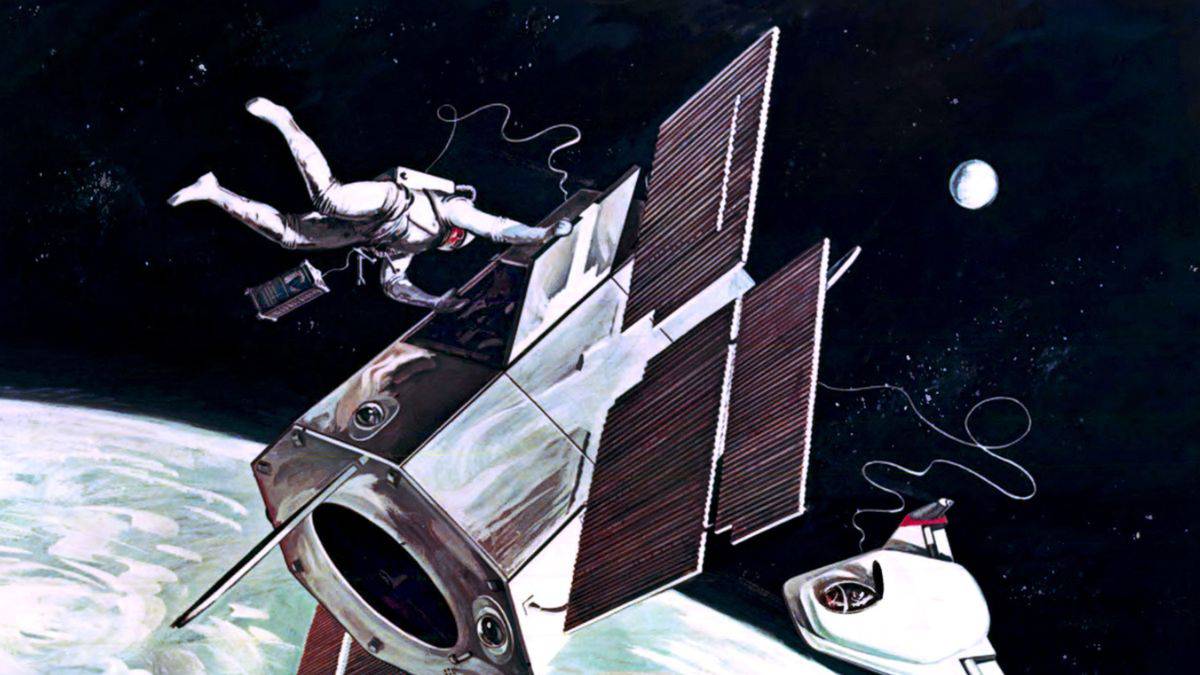NASA’s Copernicus set the bar for space astronomy about 50 years ago

On August 21, 1972, at 6:28 a.m. ET, NASA‘s Copernicus satellite, the largest and most sophisticated space telescope at the time, was launched from Launch Complex 36B at what is now the Space Force Station at Cape Canaveral, Florida, into orbit.
Its original name was Orbital Astronomical Observatory (OAO) C, but after it entered orbit in the vogue of the day, it changed to OAO 3. But it was also given a new name in recognition of Nicolaus Copernicus’ 500th birthday (1473–1543). A 1,300-year-old tradition was broken and a scientific revolution was sparked when a Polish astronomer created a model of the solar system with the Sun rather than the Earth at its core.
Copernicus may have been NASA’s first specifically designed multi-wavelength astronomical observatory. It was outfitted with the largest ultraviolet telescope ever in orbit at the time and four co-located X-ray sensors. Because of this, it acts as a forerunner to active satellites like NASA’s Neil Gehrels Swift Observatory, which monitors the sky in visible, ultraviolet, and X-ray light.
According to Swift Principal Investigator S. Bradley Zenko of NASA’s Goddard Space Flight Center in Greenbelt, Maryland, “These two spacecraft also share institutional relationships.” “Goddard oversaw both missions, and the Mullard Space Research Laboratory at University College London, which also delivered the Swift Ultraviolet/Optical Telescope, provided the Copernicus X-ray experiment.”
It turned out to be far harder than anticipated to learn how to focus an orbiting telescope at a star and hold it there long enough for detectors to pick up its light. Targeting the sun, the brightest object in the solar system, was a natural advantage for satellites built at the time to study the sun. A brand-new inertial reference unit (IRU) created by the Massachusetts Institute of Technology was used by Copernicus throughout the flight. While other systems fixed the satellite, the IRU’s gyroscopes sped up the process of detecting targets. One engineer summarised the mission’s first 500 days by saying that the IRU turned the Copernicus trip into a “boring operation.”
The Princeton Experimental Facility, the main instrument on board the Copernicus, used a 32-inch (0.8-meter) mirror, nearly three times smaller than Hubble’s, to collect ultraviolet light. The equipment, operated by Lyman Spitzer, Jr. of Princeton University in New Jersey, has yielded a wealth of knowledge on interstellar gas and the hot star ionised streams. The star Zeta Ophiuchus, which was his first target and was partially hidden by an interstellar cloud, had a high absorption of hydrogen molecules. The notion that the majority of the hydrogen in gas clouds resides in this form has been supported by measurements of hundreds of other stars.
Only the Sun was known to generate X-rays at the time NASA was examining equipment options for Copernicus. In 1962, things started to change. A research team led by Riccardo Giacconi of American Science and Engineering Inc., then based in Cambridge, Massachusetts, discovered the first X-ray source outside of the solar system, known as Scorpius X-1, by launching new X-ray detectors on a suborbital rocket. Additional missions have found more cosmic sources, such as Cygnus X-1, which has a stellar-mass black hole inside, as was long thought to be the case.
Before retiring in 1981, Copernicus provided UV and X-ray data for 8.5 years. It is still orbiting the Earth today. With the development of more sophisticated observatories, particularly Einstein and the International Ultraviolet Investigator, which was launched in 1978 and operated for almost 19 years, he left the forefront of space astronomy. More than 650 scientific articles reference Copernicus’ observations. Over 160 researchers from the US and 13 other nations targeted about 450 different items using his devices.


